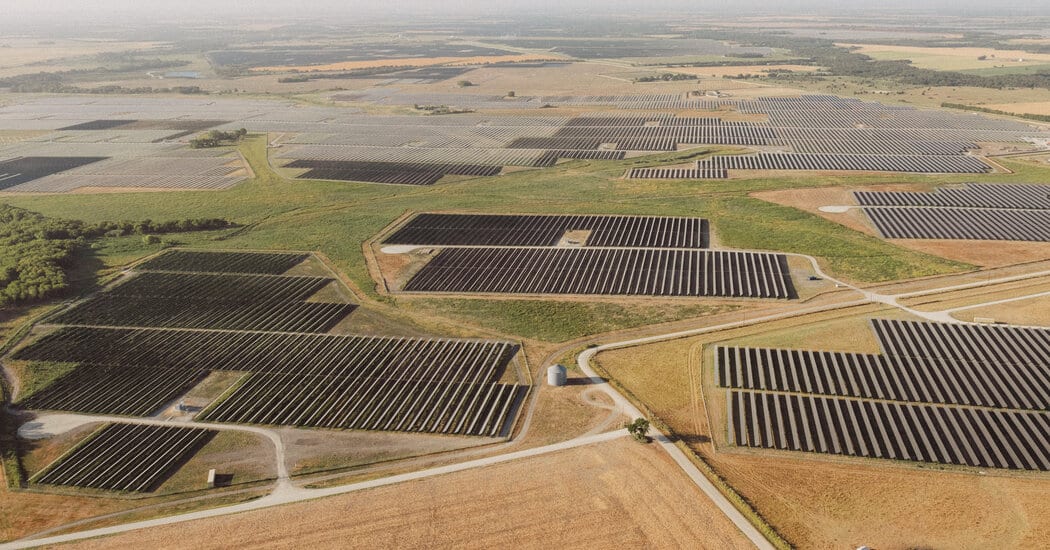The latest federal import data shows a dramatic swing from four countries whose U.S. solar imports are targeted by trade duties to two countries whose U.S. solar trade is unlitigated.
The drumbeat for new trade cases targeting Chinese-backed solar imports is mounting in light of the fast-emerging solar-production hotbeds of Indonesia and Laos.
Thinly confirmed expectations for filings of new anti-dumping and anti-subsidy cases against imports from those two countries have centered on summer. This may come just after the U.S. Department of Commerce and U.S. International Trade Commission are expected to wind up similar cases against imports from four other Southeast Asian countries by about July 1. These current cases have produced stiff preliminary duties against solar imports from Cambodia, Malaysia, Thailand and Vietnam.
First, some history: Since U.S. solar trade litigation against the Chinese solar industry broke out in 2011, it has occasionally chased successive Chinese production and export geographies, tactics and phases and geographies. To halt the Chinese industry from evading the initial import tariffs by producing in the four Southeast Asian countries, California-based Auxin Solar successfully led anti-circumvention cases. Next, in 2024 the American Alliance for Solar Manufacturing Trade Committee, including First Solar and Hanwha Qcells, brought anti-dumping and anti-subsidy cases targeting imports from those countries. These cases are moving through final phases in Washington, D.C.
Since those cases were filed a year ago this month, U.S. manufacturers and trade-law specialists have tracked dramatic declines in module imports from the four Southeast Asian countries and dramatic upsurges in the other two. Meantime, media reports have loosely chronicled a rise in Chinese solar operations featuring at least 1 GW of production capacity in Indonesia and Laos over the past year or so.
Import figures just out from the U.S. Census Bureau show that U.S. imports from the four countries targeted in current trade cases slumped to 2.8 GW in the three months ending this past February, down from 11.6 GW in the same period a year earlier. The total average decline came in at 76.1%, with Cambodia falling the most (95%). Vietnam, the world’s biggest national source of modules, trailed off to 2.8 GW, down from 5 GW – a drop of 75.7%.
Alternatively, the Census figures exhibit a steep rise to 1.5 GW of combined solar module imports from Indonesia and Laos in the three months ending in February, compared with the 267.3 MW for the comparable period ending in February 2024 – approaching a five-fold increase. Modules from Laos have beefed up to 697 MW in the most recent period, up from none in the previous year.
Such swings between imports from the four trade-litigated countries and those from the two alternative production territories generally might have been predictable after the U.S. government started cases, and began slapping preliminary duties, against imports from the four. But now that import statistics vividly portray see-sawing production between the two sets of countries, and the current trade cases are approaching their end, industry speculation about what comes next has become more concrete.
In a recent note from Roth Capital, Philip Shen, managing director and senior research analyst for Roth Capital Partners’ clean-technology segment, wrote that an unidentified contact had confirmed Shen’s expectation for new anti-dumping and anti-subsidy cases to be filed midsummer against imports from Indonesia and Laos.
Left unspecified was which domestic manufacturer, or manufacturers, might cover the tab for hiring a law firm to bring yet another round of cases.
Auxin Solar, a California producer that led the previous circumvention cases targeting U.S. imports from the four countries, supports action against imports from the two but does not project which producers might bring such cases or whether Auxin might join.
“It’s absolutely essential,” Auxin Chief Executive Officer Mamun Rashid told pv magazine USA. Auxin is based in San Jose, California. “It costs the manufacturers a lot of money. But it’s important.”
Various industry players, including Rashid, compare the trade-litigation pattern to Wach-A-Mole, an arcade game in which players use soft mallets to whack likenesses of moles as they emerge from openings in a table.
“It’s important that we say, ‘You can play this game of Wach-A-Mole, but we’re going to come after you,’” Rashid said. “I’m in full support of cases that come up.”
Trade data released over recent months has prompted trade attorneys to increasingly speculate that cases might be mounted against U.S. imports from Indonesia and Laos, Vanessa Sciarra, vice president of trade and international competitiveness for the American Clean Power Association (ACP) told pv magazine USA. ACP represents an array of clean-energy industries, including wind, solar, storage and transmission.
But Sciarra said the Trump administration’s recent and widespread promulgation of new tariffs might well complicate the calculus of which, if any, trade litigation against imports from the two countries might make sense.
Even if new cases were brought, Rashid said he worries that China might use India, Australia or other countries as its next export launchpads.
“I don’t think we should relax,” he said. “We have to always keep an eye on the import data to make sure that everyone who is operating in the U.S. market is playing fair. We can have a healthy domestic solar manufacturing if we keep at it.”




